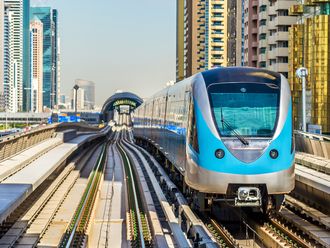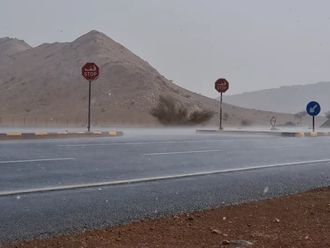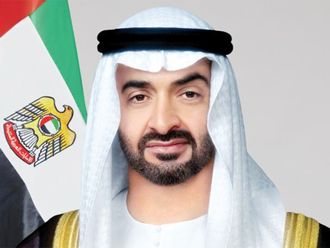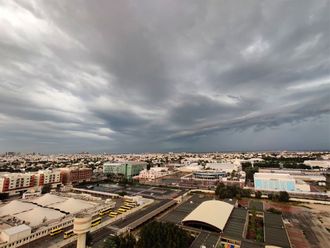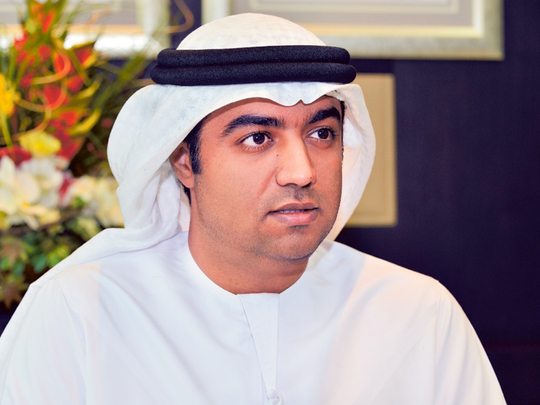
Abu Dhabi: From a small desert town to one of the world’s most advanced metropolises, the capital of the UAE has grown at a phenomenal pace. But the rapid development and influx of residents has also made finding one’s way through the city a complicated task, with most roads being identified with multiple names and monikers.
Over the last year, however, a set of blue and purple street signs have been put up across the city, signalling the introduction of a complete address system for Abu Dhabi. The Onwani Unified Addressing and Wayfinding system, launched by the Department of Municipal Affairs (DMA) in November 2013, is expected to ease location finding by assigning unique names to all streets and eliminating duplicate references. It will also assign unique numbers to each building in the emirate.
“This will, in turn, make it easier for people to find and reach their destinations,” Dr Abdullah Al Beloushi, managing director of the land and property management at the DMA, told Gulf News. “In addition, the unique addresses will enable emergency and commercial providers to provide quicker and more effective services. We also expect a boost in tourism, and visitors will be able to explore the city more easily.”
The DMA oversees all municipal activities and regulations in the emirate of Abu Dhabi.
By the end of 2015, all streets are expected to have unique names under Onwani, and about 20,000 new road and district signs are accordingly expected to be set up.
“We understand that in the absence of official names, people come up with their own, and this can create much confusion. This process is therefore an integral part of establishing Abu Dhabi as a worldwide destination. Already, 12,000 new street names have been selected for main and internal roads,” added Omar Al Shayba, director of property and GIS at the DMA.
Most major thoroughfares in Abu Dhabi already feature the new signs, and the names for quite a few have been reassigned. For example, Muroor Road, which was also known as East Road or 4th Street, has been renamed Sultan Bin Zayed The First Street. The road parallel to it, Najda Street or Bani Yas Street, is now called Fatima Bint Mubarak Street.
Under the previous street-naming system, many roads were numbered while others had multiple names. This made remembering and conveying addresses particularly difficult.
The process of assigning the new names, however, is not random. One of the first requisites for a street name under Onwani is that it must reflect Emirati culture and history.
“This will ensure that residents and visitors learn about the UAE simply by exploring it. And to aid the process, we will affix QR codes to street signs. When these are scanned with smartphones, they will provide historical and background information about the street, the significance of its name and the area in general,” Al Shayba said.
A working group comprising officials from the DMA, municipalities and municipal stakeholders works to select these names. A list of these is then sent to the Abu Dhabi Executive Council for approval before the municipalities set up the required street signs.
“We follow a strict standard for choosing these names. Each name must have at least two parts, and be less than 25 characters. In addition, both Emiratis and expatriates must be able to pronounce the name. We also run a sound test with people from different backgrounds to ensure that the name sounds the same when uttered by people with different accents,” Al Shayba explained.
Once the names have been assigned, the DMA will also coordinate with Google Maps and other similar wayfinding services, such as the Department of Transport’s Darb smartphone application, to ensure that the new names are used and popularised.




